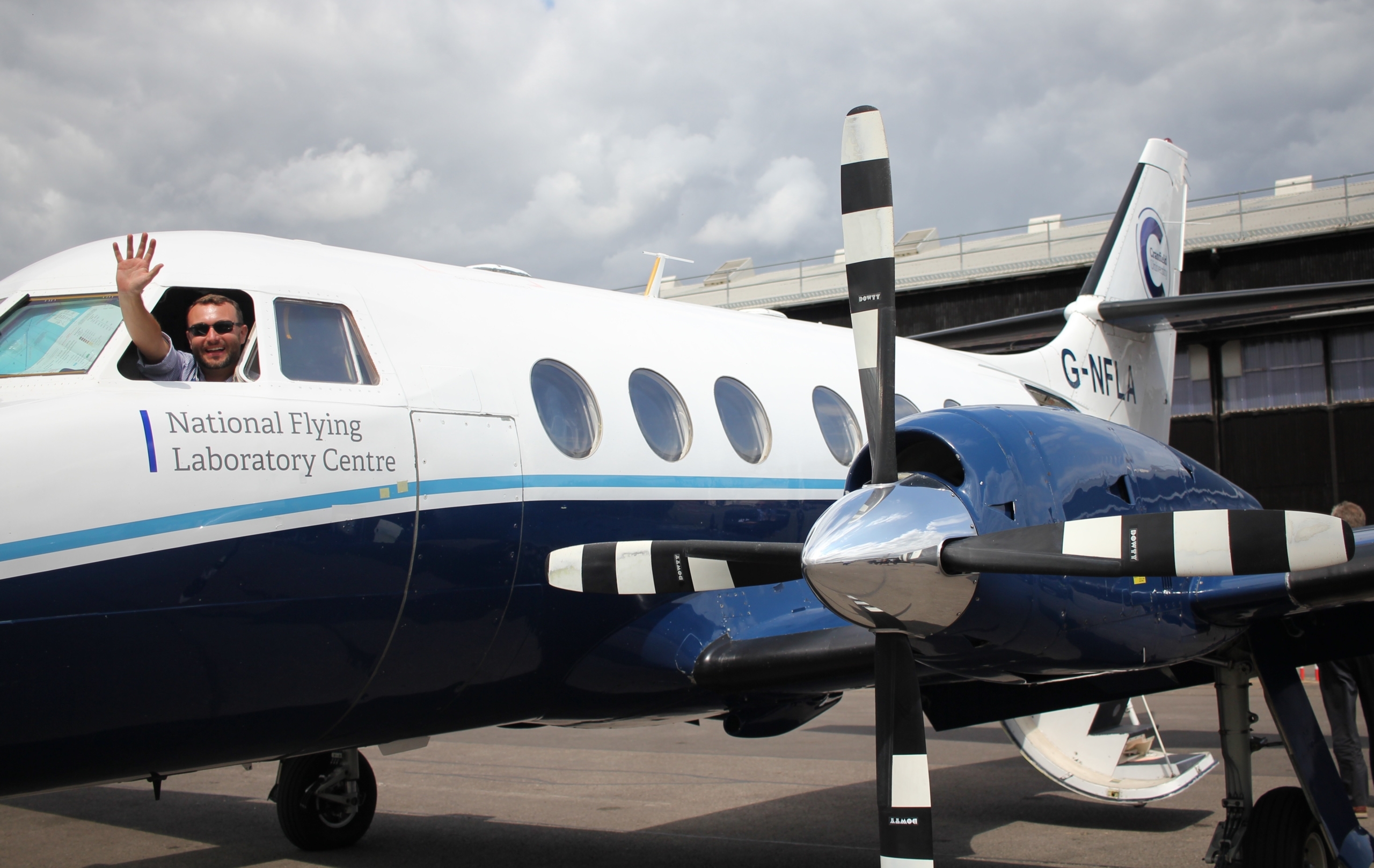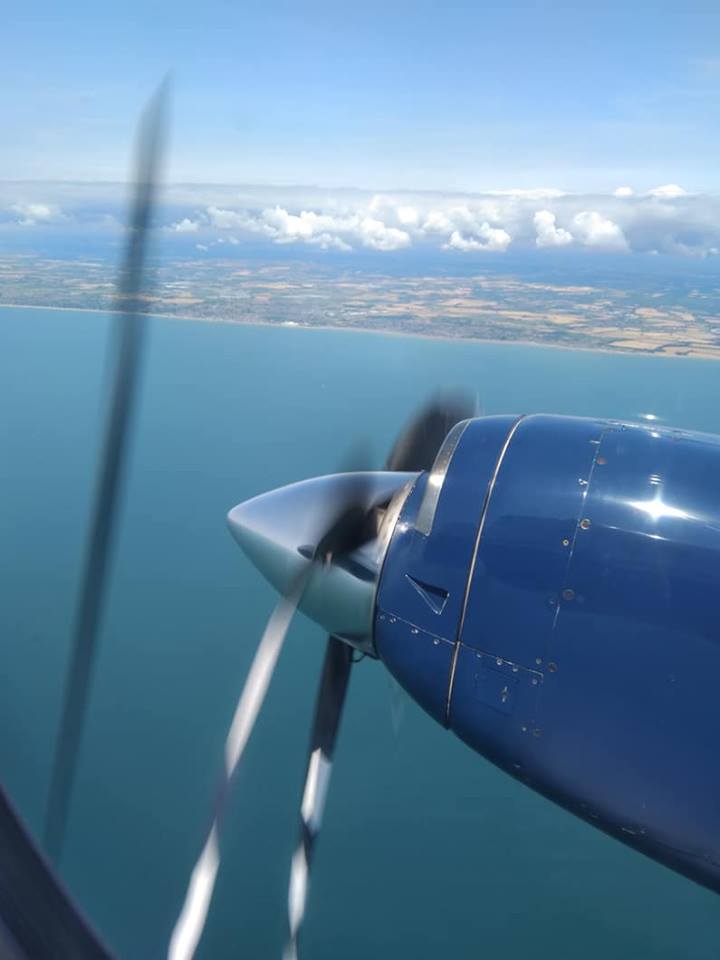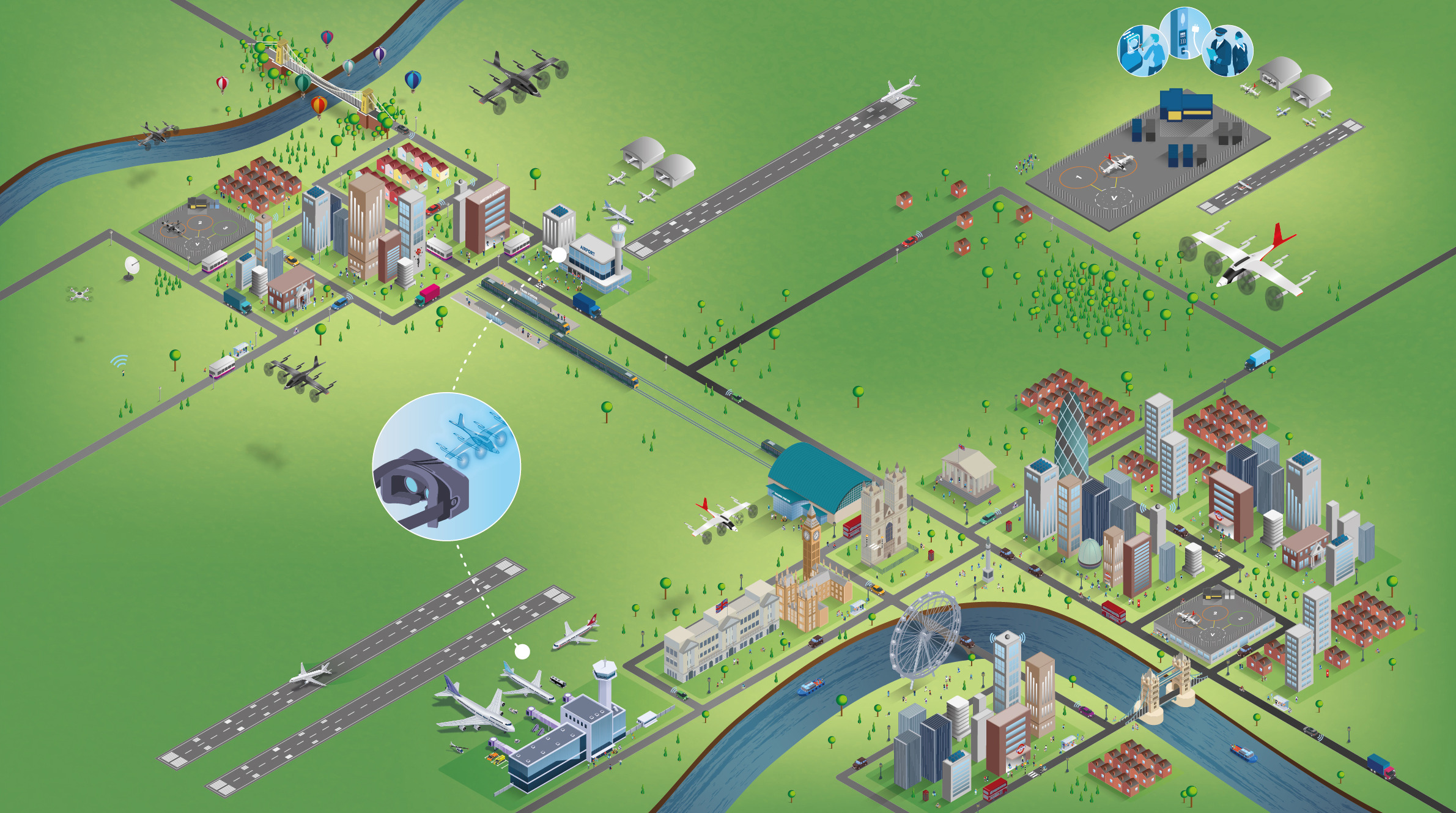My sortie with ‘aviation’s best kept secret’ at Farnborough 2018
20/07/2018

It’s not every day that you get to go for a ride in a plane used to train flight test engineers.
“We’re the best kept secret in aviation,” Joe Brown, Senior Management Pilot at the National Flying Laboratory Centre (NFLC), tells me as we sit in a temporary hut airside at Farnborough waiting for our flight.
The NFLC operate Cranfield University’s fleet of aircraft and are at Farnborough International Airshow 2018 to raise their profile with industry and illustrate the range of research services they can offer.
“We’re a viable alternative to flight test and research work using simulators, wind tunnels, or other planes,” says Joe. “Once jet aircraft become involved, the price tends to go up phenomenally.”
More than 1,500 aeronautical students from over 25 universities around the world fly in the NFLC’s Jetstream 31 each year as part of their degree courses.
The fully instrumented aircraft can supply students with real-time data about a range of performance parameters, allowing them to become flight test engineers during their flight.
After a briefing on the experiments that we’ll be doing on the flight and my role as a task specialist (the NFLC don’t take ‘passengers’) I’m allowed to sit right at the front of the cabin and have a fly-on-the-wall view of what the pilots are doing.
With pre-flight checks complete and clearance for take off from the tower, Joe cranks up the Jetstream’s two turboprop engines and we race down the Farnborough runway and climb swiftly up to 5,000 feet.
We cruise down to the south coast and head out into the Channel over Portsmouth and the Isle of Wight in around 10 minutes. It’s a clear sunny summer’s day and the views are spectacular.

Our route down to the south coast and back to Farnborough
We don’t have long to enjoy the scenery as it’s quickly into a demonstration of the various lift, drag and pressure tests that the NFLC take students through in order for them to gain the necessary flight experience to complete their courses with the Royal Aeronautical Society.
Joe puts the plane through a series of manoeuvres and data from the aircraft’s instruments is displayed on screens around the cabin so students are able to see immediately how changes in flight controls affect performance.
A few sick bags can be heard ruffling at the back of the cabin after the Dutch roll, where the aircraft banks and yaws sharply from side to side to experiment with stability.
In a test to demonstrate changes in G-force, Joe rolls the plane to 45 degrees and puts it into a turn. You get to experience around 1.5G, which doesn’t sound like a lot, but certainly gives a strange sensation which I have never felt before. Commercial flights don’t usually exceed 1.2G, even when banking in a holding pattern, and I can’t imagine what it feels like for fast jet pilots who can pull up to 9G.

Coming back into Farnborough, Joe takes us for a low pass straight down the flight line over the runway, giving us a sense of what it must be like for the pilots who display to the thousands of visitors at the show.
He then puts the Jetstream into a tight turn and steep descent, and within seconds we’re back down on the tarmac.
Everyone on the flight is exhilarated and it’s great to have experienced the work that the NFLC does, which also has other light aircraft used to give students hands-on flying experience.
“We’ll have to get you up in the two-seater Bulldog and do some aerobatics,” Joe says with a smile after we have landed.
Read more about the NFLC here.

Categories & Tags:
Leave a comment on this post:
You might also like…
Keren Tuv: My Cranfield experience studying Renewable Energy
Hello, my name is Keren, I am from London, UK, and I am studying Renewable Energy MSc. My journey to discovering Cranfield University began when I first decided to return to academia to pursue ...
3D Metal Manufacturing in space: A look into the future
David Rico Sierra, Research Fellow in Additive Manufacturing, was recently involved in an exciting project to manufacture parts using 3D printers in space. Here he reflects on his time working with Airbus in Toulouse… ...
A Legacy of Courage: From India to Britain, Three Generations Find Their Home
My story begins with my grandfather, who plucked up the courage to travel aboard at the age of 22 and start a new life in the UK. I don’t think he would have thought that ...
Cranfield to JLR: mastering mechatronics for a dream career
My name is Jerin Tom, and in 2023 I graduated from Cranfield with an MSc in Automotive Mechatronics. Originally from India, I've always been fascinated by the world of automobiles. Why Cranfield and the ...
Bringing the vision of advanced air mobility closer to reality
Experts at Cranfield University led by Professor Antonios Tsourdos, Head of the Autonomous and Cyber-Physical Systems Centre, are part of the Air Mobility Ecosystem Consortium (AMEC), which aims to demonstrate the commercial and operational ...
Using grey literature in your research: A short guide
As you research and write your thesis, you might come across, or be looking for, ‘grey literature’. This is quite simply material that is either unpublished, or published but not in a commercial form. Types ...






